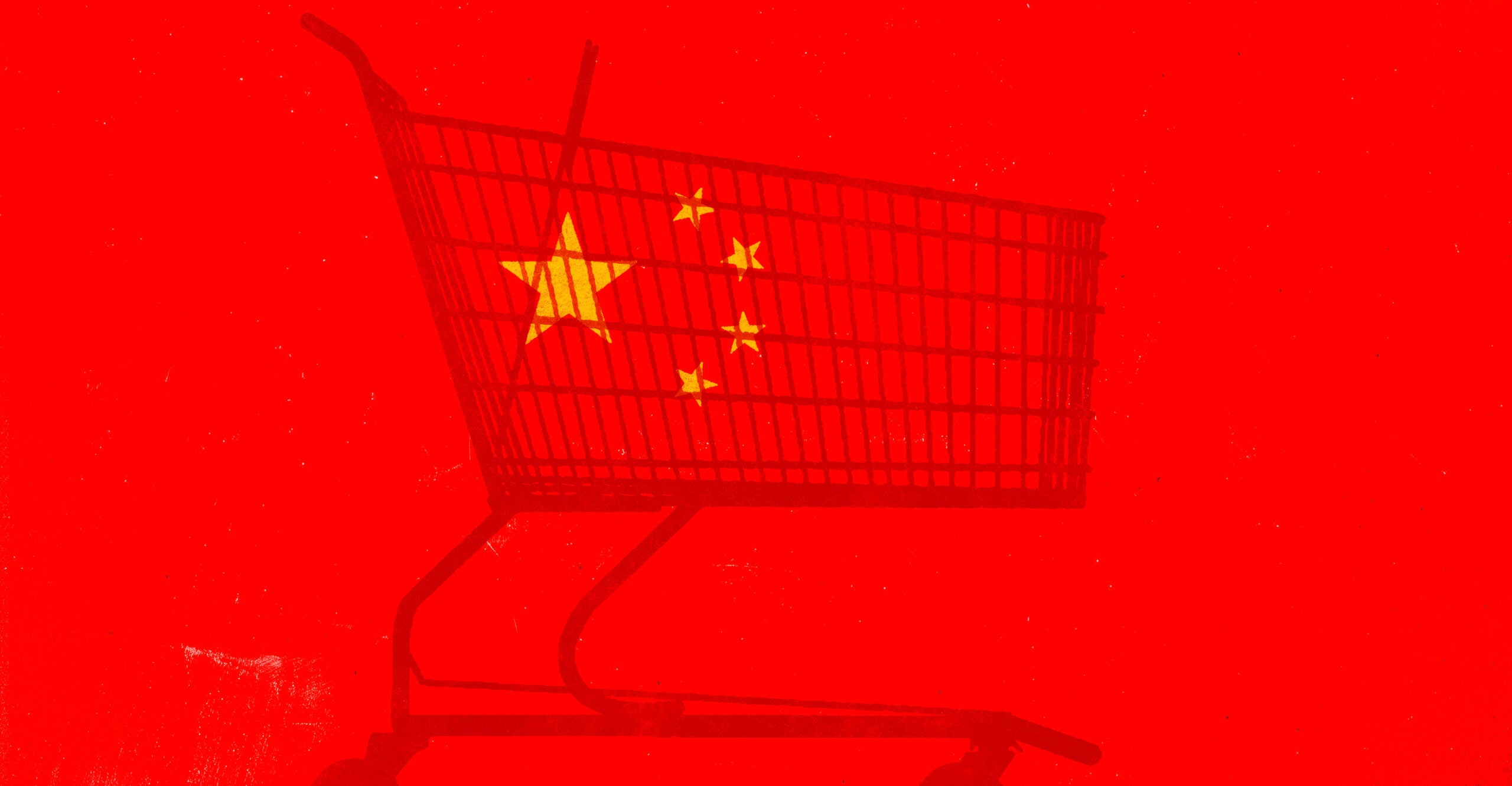Tariffs Aren’t Only Road to Reindustrialization
Today’s tariff rumbles have stirred a fascinating debate among conservatives who otherwise travel harmoniously aboard the Trump Train. Some consider tariffs an end, not a... Read More The post Tariffs Aren’t Only Road to Reindustrialization appeared first on The Daily Signal.

Today’s tariff rumbles have stirred a fascinating debate among conservatives who otherwise travel harmoniously aboard the Trump Train.
Some consider tariffs an end, not a means. They argue that tariffs could generate $600 billion in annual federal revenues. They want these funds to underwrite tax cuts or to curb the national debt.
Defending tariff protectionism, a Manhattan financier friend told me: “A short-term stock market hit is well worth rebuilding some of our core infrastructure, becoming more self-reliant, and putting our young, able-bodied men back to work! Right now, in record numbers, they are outside the labor force.”
Other Trump Train passengers consider tariffs a means, not an end. They seize the attention of recalcitrant foreign leaders and could slam foreign and domestic tariffs down, ideally to 0%.
As Sen. John Kennedy, R-La., wryly observes, “God created the world, but everything else is made in China.”
Durable tariff walls, alas, impede these inexpensive goods, which Americans love. A Fox News colleague recently complained about “cheap junk from China.” Most everyone welcomes this “cheap junk”; namely, decent-to-excellent, astonishingly affordable, Chinese-made products. Their low prices liberate cash that can be spent elsewhere, saved, or invested.
It is evil to shatter trade deals, steal intellectual property, and exploit slave labor. But there is nothing wrong, and plenty right, about honestly and economically supplying goods that people demand.
A 46-inch Sony LED TV cost $10,000 in 2004 (adjusted for inflation: $16,526.91). Today, a new-and-improved, 50-inch Sony LED costs $579.99. Assuming this model is made in China, slapping it with a 145% tariff—so that it climbs à la Space X to $1,420.97—would drain U.S. importers’ pockets. They would redirect those expenses via higher prices, lower salaries, layoffs, store closures, and/or thinner dividends.
When 1,000 HDTVs reach an American port, Customs and Border Protection hands the tariff invoice to, say, Best Buy, not Xi Jinping. Tariffs might hurt Chinese exporters by making their products more expensive, but the Chinese Communist Party does not pay tariffs. Americans do.
Some Trump Train riders savor permanent tariffs as a fountain of “free” federal revenue. But this is just Washington snatching capital from U.S. importers and then injecting it via tax cuts, spending, or bond repayments into the same economy from whence it came.
In a word: Redistribution.
A patient who receives someone else’s blood gains something. Someone who draws blood from his left arm and then mainlines it into his right arm accomplishes nothing—unless he loves needles and wasted time.
There are far superior tools than tariffs to reindustrialize America.
Cut corporate taxes: The less money that companies surrender to Washington, the more remains to open new facilities, hire new employees, and launch new products.
Slash energy costs: As gasoline, natural gas, and electricity prices slide, the easier it becomes to reinvest those savings. So: Drill, Baby, Drill. Frack, Baby, Frack. And Nuke, Baby, Nuke.
Watch labor costs: U.S. workers should be paid well. However, “Living-wage laws” often make compensation uneconomical and push pay above amounts that would satisfy some workers. Letting employees and employers negotiate mutually beneficial salaries beats having government force them to “compassionate,” albeit unaffordable, heights.
Overhaul education: Some potential U.S. workers must improve their human capital to do the work that employees in Asia and elsewhere perform today. Especially in Baltimore, Detroit, Philadelphia, and other Democrat strongholds, schools produce too few future workers with marketable skills. In autumn 2023, statewide tests confirmed that in 13 of Baltimore’s 32 high schools, not one student—no single male, no single female—could perform math at grade level. Not one.
If a furniture factory opened in Baltimore, how would these kids calculate the ideal assembly-line speed? Imagine that a supervisor said, “Cut that 12-foot 2×4 into thirds.” Forget operating a circular saw. Could these students conclude that the 2×4 should be sliced into four-foot pieces?
In deference to Elizabethan transgender ceramics, U.S. higher education trivializes carpenters, mechanics, welders, and others who actually make things. Enriching the workforce with such people will boost the odds that American companies that repatriate from China will find enough qualified employees to thrive.
Solution? School choice, high standards, and vocational training.
Boost America’s work ethic: Too many young people (and older ones) lack the self-discipline to arrive on time, perform their jobs, and stay until closing.
An American businessman I know manufactures in China—not primarily to cut costs, but because his Chinese employees work relentlessly and enthusiastically. Previously, his American staffers virtually chanted: “I’m on break,” “I gotta leave early,” and “I won’t be in tomorrow.”
Some employees must be told to grow up.
America should climb these steps to prosperity rather than deploy tariffs for anything other than trade negotiations and international blunt-instrument trauma.
We publish a variety of perspectives. Nothing written here is to be construed as representing the views of The Daily Signal.
The post Tariffs Aren’t Only Road to Reindustrialization appeared first on The Daily Signal.










